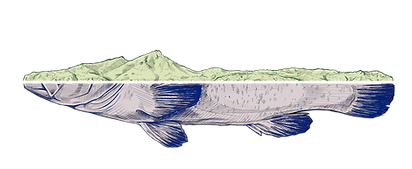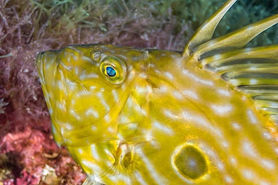
MARINE PROTECTED AREA
SA DRAGONERA
MARINE PROTECTED AREA
SA DRAGONERA



WHY ARE THE WATERS OF SA DRAGONERA SO SPECIAL ?
They have great ecological and fishing value.
They host a great diversity of habitats and communities in a relatively small area.

Posidonia Oceanica meadows grow expansively to the south and are areas of great biological production.
They are a habitat and refuge for numerous species.
Coral bottoms lie on the west coast and towards the north of the island with creatures as unique as gorgonians and formations of Maërl bottoms. Both generate structures that give shelter to different species of invertebrates, forming a unique and especially fragile community.
The rocky and rugged bottoms of the outer waters of Dragonera quickly reach great depths, with numerous crevices and caves in the cliffs that provide valuable habitats for a wide variety of species.
The eastern coast of the island is dominated by sandy bottoms where species adapted to these open spaces live and feed.
MAIN HABITATS IN THE WATERS OF SA DRAGONERA

VULNERABLE SPECIES
Some vulnerable species that can be found in the waters of Sa Dragonera:





Epinephelus marginatus

SEA BIRDS SPECIES
Some seabird species that can be found in the waters of sa Dragonera:







Sa Dragonera bird guide
The list of cataloged seabirds in the Natural Park is extensive; among them we can emphasize the Audouin's Gull (Larus audouinii) and the Balearic Shearwater (Puffinus mauretanicus), one of the few endemic birds of the Balearic Islands. Among the birds of prey, in Sa Dragonera we find the largest population of Eleonor Falcons (Falco eleonorae) in the archipelago.

A study of bird's nocturnal migration
Sa Dragonera is an important site for the migratory passage of birds, especially the nocturnal passage. A study of the birds' nocturnal migration was carried out during the spring and autumn of 2021 and 2022, the very first of its kind in the Balearic Islands. The "NOCMIG" study was led by two eminent Balearic ornithologists, Maties Rebassa, director of S'Albufera Natural Park and Jason Moss, a member of the Balearic Rarities Committee, among other merits.





